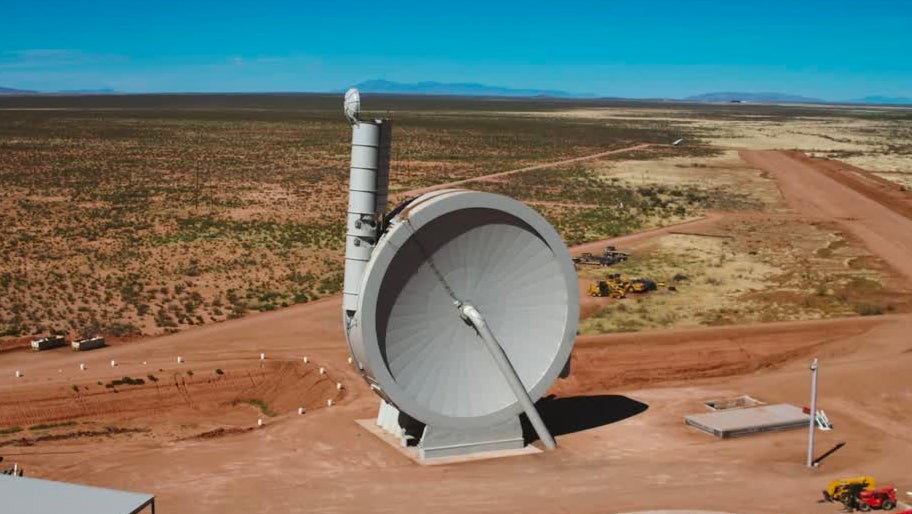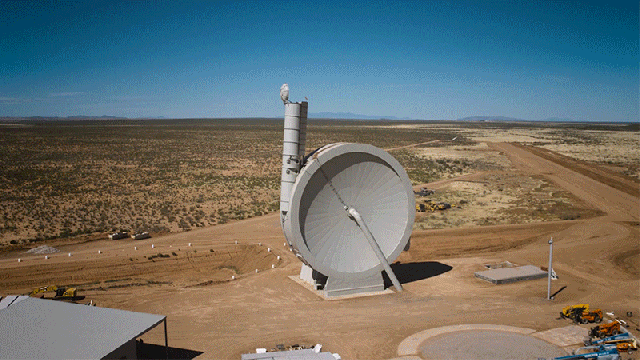As impressive as it is to watch a rocket blast off into space, harnessing fossil fuels and explosions to pursue our dreams of space exploration is ironically primitive. A company called SpinLaunch thinks it has a better idea: It wants to launch small objects into space using a giant spinning centrifuge instead.
There’s a reason space exploration has, to date, been limited to federally-funded government agencies or company’s backed by billionaires desperately trying to change how history remembers them. Using the tried and true methodologies of cargo strapped to rockets is a very expensive endeavour, even when those launch systems can be reliably recovered, refurbished, and reused.
Alternatives to launching rockets haven’t exactly been runaway successes, however. In the 1960s, the United States Department of Defence and Canada’s Department of National Defence formed a joint partnership called Project HARP (High Altitude Research Project) to essentially develop giant Earth-based guns that could blast objects into space. HARP successfully fired a projectile 180 KM into the atmosphere using a 16-inch cannon built at the U.S. Army Research Laboratory’ Yuma Proving Ground, but by the late ‘60s both governments had withdrawn funding for the research project, and it was officially shut down before it came to fruition.

SpinLaunch is taking a somewhat similar approach to Project HARP, but the kinetic space launch system it’s been developing since 2015 does away with explosive materials altogether. In its place is an electric-powered centrifuge that spins objects inside a vacuum chamber at speeds of up to 8,047 km/h before they’re released through a launch tube that is roughly as tall as the Statue of Liberty. A successful test on October 22 at the company’s base at Spaceport America in New Mexico sent a 3.05 m long projectile soaring to tens of thousands of feet, but that was with the centrifuge running at about 20% of its full power.
Eventually, SpinLaunch plans to build a larger accelerator capable of launching objects like satellites weighing up to 440 pounds. And with continued testing over the next few years, it hopes to offer its services to paying customers as early as 2024, but don’t expect this approach to facilitate space tourism. Humans can easily pass out when experiencing g-forces as low as 3, and they can survive around 9 g if the forces last for just a split second. But an object spinning at 8,047 km/h experiences g-forces in excess of 10,000, which means the SpinLaunch system is only suitable for satellites built around modern electronics with rugged components that can survive these extreme launch conditions.
